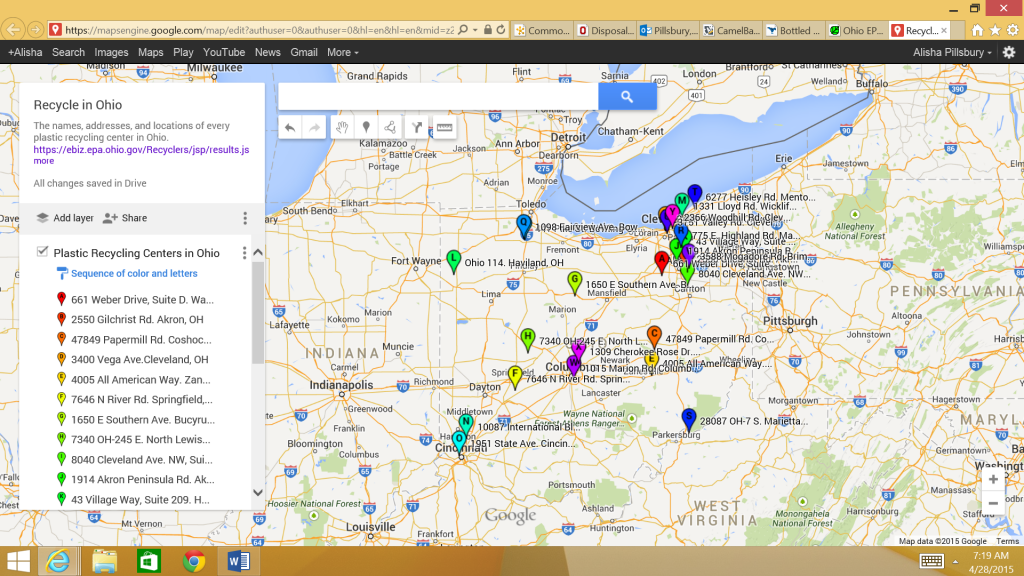Recycle
CamelBak is the company that put hydration packs on the market and to this day, they are still the leading manufacturers and producers of this commodity. CamelBak goes to great lengths to do their part for the environment. One of the many steps they have taken includes highly encouraging their customers to recycle. Hydration packs are made to use over and over again, but, “When it is time to replace your CamelBak product, we recommend that you disassemble the product as fully as possible. Place any plastic components into your curbside recycling. Then, donate any material components (e.g., packs) to Goodwill or other re-use organizations, as they’re experts in re-purposing items to keep them out of a landfill” (CamelBak), CamelBak states. The same goes for any hydration pack, regardless of the company that makes it. Every bit of a hydration pack can be reused, which makes it an excellent commodity for the environment.
Environmental Impact
As I mentioned above, recycling hydration packs is very good for the environment. It all starts with how the product is made. These packs are made with strong materials that are built to last and be used many times. On top of that, they are made with only materials that can be recycled and reused. That means that absolutely no part of a hydration pack should ever end up in a landfill. Not to mention, if everyone used hydration packs instead of bottled water, we would be saving the landfills from billions of bottles each year. “Americans used about 50 billion plastic water bottles last year. However, the U.S.’s recycling rate for plastic is only 23 percent, which means 38 billion water bottles – more than $1 billion worth of plastic – are wasted each year” (BanTheBottle). In conclusion, using hydration packs as your water system has a positive impact on the environment.

I have a camelbak that has never broke and is still just as fine as it was 3 years ago. i uese about once every week and love it for biking.
Sorry I meant to say use.